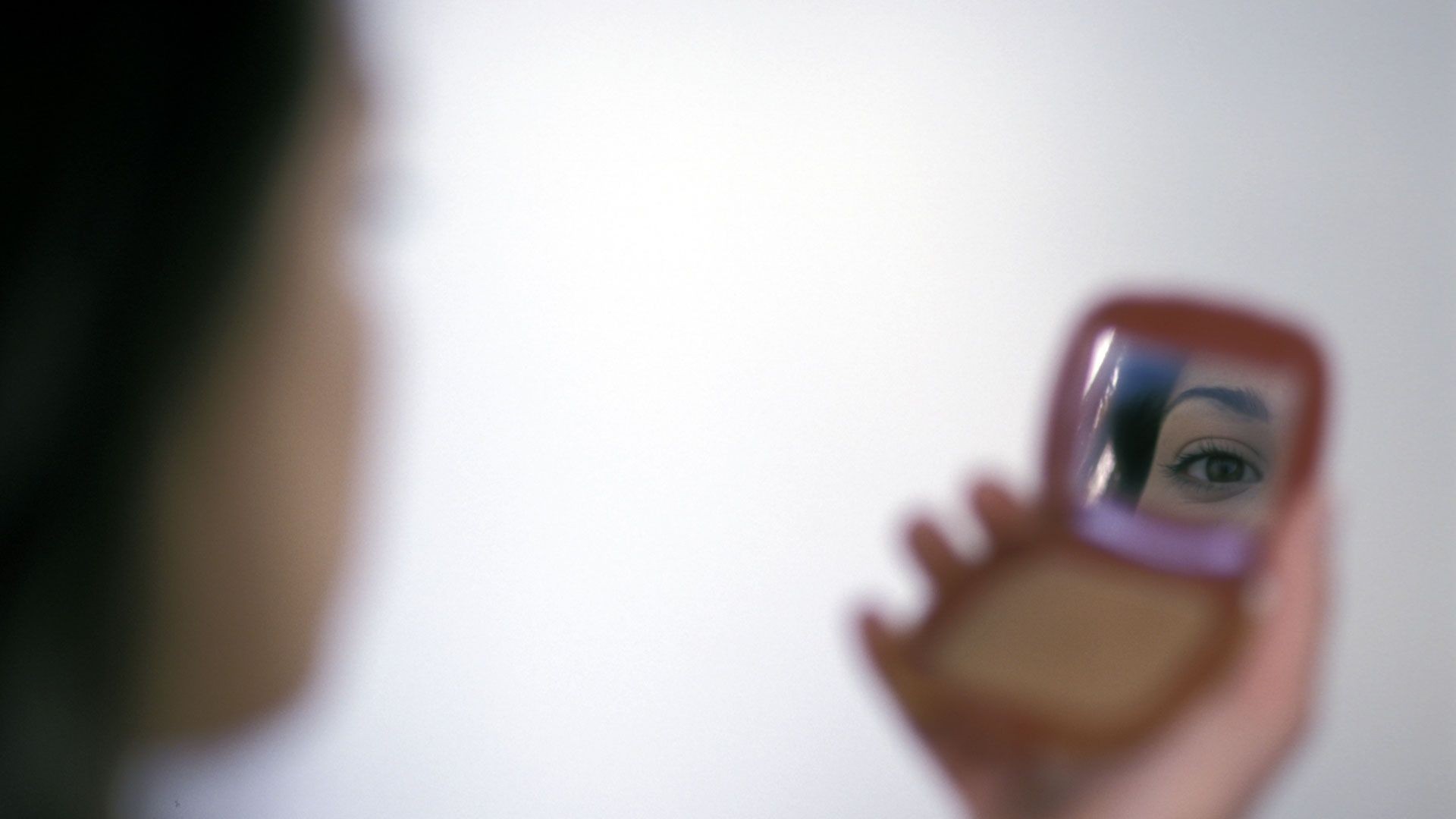How Will I Age?
Your goal: a younger, refreshed face. Your worry: looking fake, filled, and frozen. The answer? Devise a cosmetic game plan with your doctor before you do a thing.

"I don't want to look done or freaky and artificial like everybody else. I just want to look like myself, only better." So goes the fear voiced by new patients, says New York City plastic surgeon Dr. Haideh Hirmand. The "everybody else"? Those expressionless, Kewpie-doll carbon copies, all cherubic cheeks and fish pouts.
Instead of feeding the trend, more and more top doctors are doling out injectable enzymes like hyaluronidase to dissolve and deflate the glut of dermal fillers they're seeing. "It's ironic because women didn't want that pulled-tight surgical look of the '80s and '90s, so a liquid face-lift [using fillers like Restylane] became a more natural-looking alternative," explains plastic surgeon Dr. Andrew Jacono, author of The Face of the Future. "But trying to reshape the face by swelling up cheekbones, jawlines, and lips took on this Mrs. Potato Head approach. It started to seem as if the same features were being transplanted onto different faces. This is why all those Real Housewives look almost related."
Enter the gentler cosmetic revamp of 2013: "You want to respect the uniqueness of your face," says Manhattan dermatologist Dr. Ellen Marmur. "Diane Keaton, Lauren Hutton, Meryl Streep — whether they've had work done or not, they look great, and not like they're trying to pass for 30." So how to ensure you end up more Meryl and less Mob Wife? Plan for the future and start incorporating small treatments when you actually are 30. Here's how:
SPEAK UP.
The initial meeting with your doctor shouldn't be a lecture or sales pitch. Doctors shouldn't be trying to impose perfect, heart-shaped symmetry on your face. "Preserving individuality and some natural asymmetry is what's most attractive," says Hirmand. To that end, bring in photos of yourself throughout the years so they can see the original shape of your face and how it has aged. Explain which features are bothering you and ask about multiple treatment options.
KNOW YOUR FACE.
A doctor examines an exhaustive checklist: skin quality and texture; tissue tone and thickness; cheek and lip volume; bone structure; the shape of the eyes and proportions of specific features and how they relate to each other; plus how the whole face looks animated and still. Jacono uses 3-D photos from different angles and feature measurements in combination with his trained aesthetic eye to capture a patient's face.
Get exclusive access to fashion and beauty trends, hot-off-the-press celebrity news, and more.
Hirmand gives new patients a guided tour of their faces and explains the menu of cosmetic options that could work in particular areas. Maybe your cheekbones are high (good), but the apples have flattened a little (bad). This makes the mid-part of your face between your ears appear heavier. "Just a trace of hyaluronic acid filler in the cheekbones and under the eyes would give a slight lift to the upper face," says Hirmand. If your eyes are prominent with a full upper lid (think Susan Sarandon), "this kind of eyelid will eventually become hooded and hang, and surgically removing too much tissue from the lid [common with eye-lifts] can create a hollow and bug-eyed result." For deep-set eyes (like Halle Berry's), adding volume to the area could recess the eyes and make them seem smaller.
And if one side of your jawline is weaker than the other, asymmetry becomes more prominent over the years as the jaw shrinks. "Injecting filler into the deficient side will balance it out," adds Hirmand.
UNDERSTAND THE BALANCE.
"There are a lot of moving parts on the face, and everything is connected, so we need to keep the overall shape and proportions in mind," says Hirmand. "The muscle that creates crow's-feet also elevates the cheek. Too much Botox can knock out that muscle, which causes your cheek to pop out in a weird way instead of lifting naturally every time you smile."
There's also a ripple effect with fillers. If you overinflate the nasolabial folds (smile lines) and marionette lines (the ones that trail off the corners of your mouth), then you lose structure in your midface, creating the balloon look. If cheeks are overdone, then the under-eye area appears hollow. Sometimes it's a double whammy of overfilling and incorrect technique that creates disproportion. "The correct spot to inject the cheek is the upper third of the cheekbone, not on either side of the nose," says Jacono. "This makes the face look simian or babylike."
"The most natural-looking work is done by finessing a variety of procedures," says Marmur. "For example, I could put a ton of filler around the eyes to plump up fine lines, but it's better to inject a minimal amount of Botox and filler, then use a series of fractionated laser treatments to address loose skin and crinkly texture." Marmur also takes a minimalist wait-and-see approach. "Instead of overdoing it from the start, I prefer to make a follow-up appointment in two weeks after everything settles in and the swelling goes down. It's important to have a dermatologist who's a good gatekeeper."
THINK BIG PICTURE.
Strategize realistic long-term goals with your doctor to ensure that your results are gradual and subtle. Just as Mother Nature ages your face little by little, the idea is to take baby steps with antiaging procedures over time to look youthful — and still like yourself.